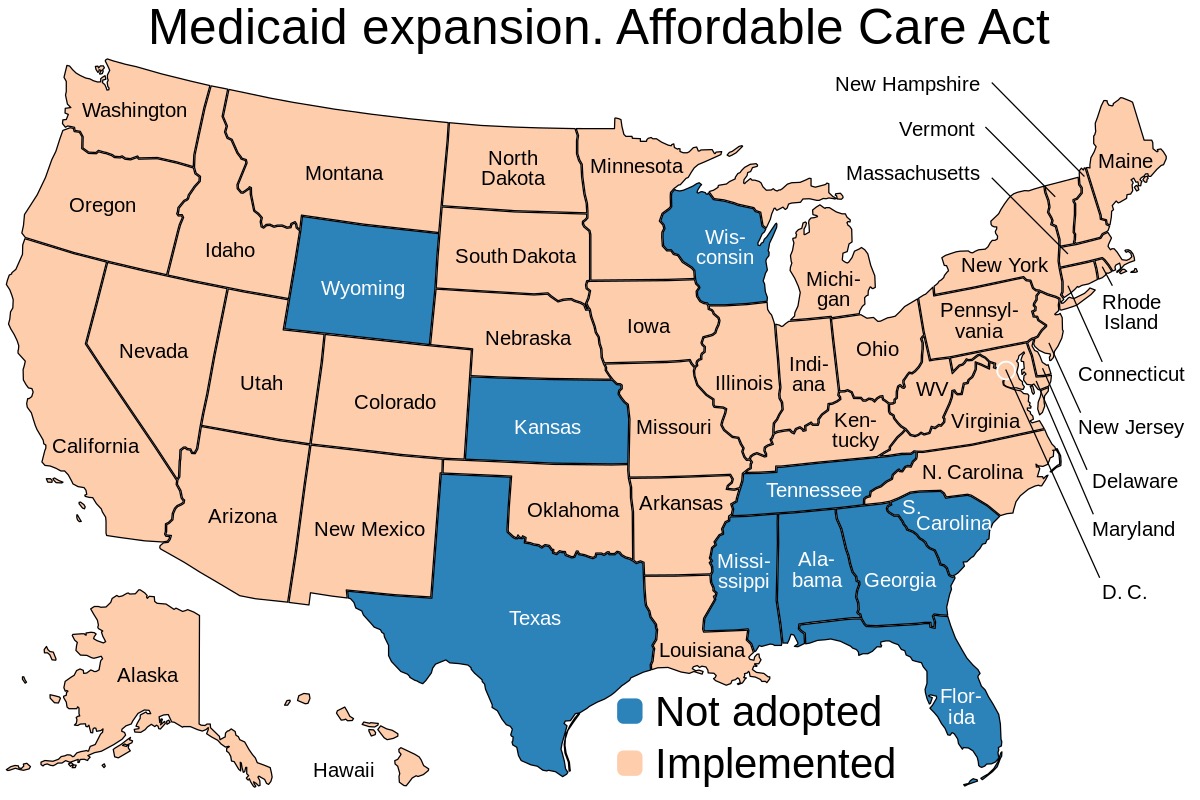Disaggregated Data
Jan 25, 2019
The Essentials of Disaggregated Data for Advancing Racial Equity
As one of our core Building Blocks for racially equitable work, the Race Matters Institute of MDC, Inc. includes the need for “disaggregated data that advances an understanding of how different groups are differently situated.” Most of our clients find it necessary to pursue a “data agenda” in order to do their work to advance racial equity most effectively. Below are some considerations around disaggregated data that can strengthen racial equity work.
Disaggregated how far?
Data should be disaggregated with sufficient detail to understand varying groups’ circumstances. Often the data we have available for use do not go far enough. For example, while the variable of educational achievement broken out by race/ethnicity shows high achievement under the label “Asian American,” that summary label obscures the particular educational challenges that compromise outcomes for Laotian-, Cambodian-, Hmong- and Vietnamese-Americans. The broad category of Latinx subsumes a wide array of experiences informed by ancestry and US-born or immigrant status, to name a few. “Black” is an umbrella term that encompasses the differently situated experiences of African Americans, Afro-Caribbeans and African immigrants. Beyond racial/ethnic disaggregation, analysis is likely to benefit from the ability to break out race/ethnicity by gender and age, for example. It is important to work with whatever data you have – acknowledging its shortcomings – while you aspire to data that can enable your analysis and actions to become more fine-tuned.
What kinds of data need to be disaggregated?
Much of the data we have available for public use focus on individual-level indicators (e.g., health outcomes). Yet, structural indicators are usually needed to explain individual-level outcomes (e.g., access to primary care doctors, proximity of neighborhoods to environmental toxins). Without the structural data, individuals often get blamed for the inequitable outcomes they experience, and the structural drivers get overlooked as the focus for change. Short of the immediate availability of disaggregated structural data specific to your local area, it is appropriate to hypothesize from existing research elsewhere that documents how structural indicators contribute to individual inequities.
Presentation matters!
When your data show disparities by race/ethnicity, be sure you do not inadvertently present it in ways that reinforce stereotypes against those groups experiencing the brunt of inequities. Here are a few tips for data presentation:
- Always frame the data aspirationally. For example, Instead of “% of families in poverty,” consider “% of families earning a family-supporting wage.” The former frame triggers racialized stereotypes around poverty, while the latter frame is more likely to open up discussion about available jobs and adequate wages.
- Choose statistics that avoid the mobilization of prejudice. For example, a given community may experience a high percentage growth of a given population group, even while the raw numbers show that the percentage comes from a very small base. In such a case, using the percentage over the actual numbers has the potential to generate backlash against a population potentially vulnerable to prejudice and discrimination.
- Use chart titles and composition that frame how inequities are generated. For example, instead of a chart that shows the % of each racial/ethnic group not voting in a recent election (which on its face primes the idea of indifference, or worse), consider a chart that disaggregates by race the mechanisms through which people were prevented or discouraged from voting (e.g., names removed from rolls, voting location moved, denied the right because of criminal record, early voting dates truncated, and other structural reasons that suppress voting). Of course, if you have disaggregated data that actually document disinterest in candidates or issues, these data can still be framed structurally.








